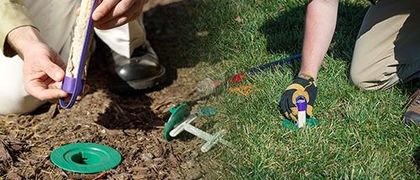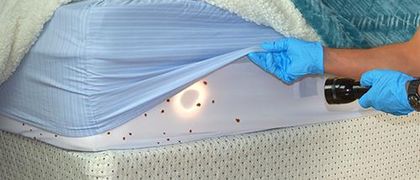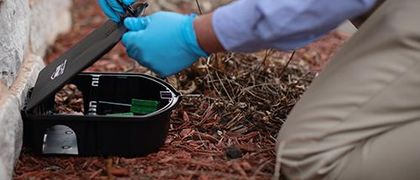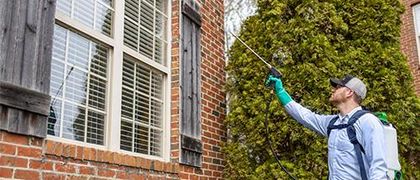How to Prevent Drywood Termites
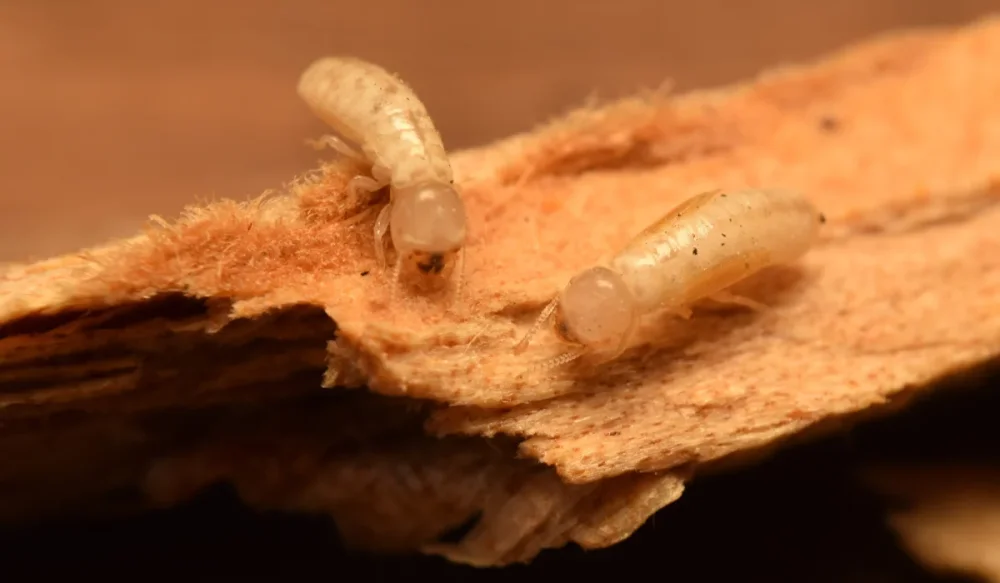
Drywood termites can be a nightmare for homeowners across the Midwest. Unlike their subterranean cousins that need soil contact, they don’t rely on moisture from the ground. That means they can quietly nest and feed inside your walls, furniture, or attic beams, without you ever seeing mud tubes or damp wood.
So if you live in places like Des Moines, Omaha, or Kansas City, where wooden structures are common, it pays to know how to stop these silent invaders before they get started.
This article explains how to keep drywood termites away, how to spot early signs of termite activity, and when to call a pest control company for help.
Key Takeaways
- Treated wood and sealed cracks make it harder for drywood termites to get into walls and attic spaces.
- Trimmed trees and stored firewood away from your house keep swarmers out and reduce termite food sources nearby.
- Frass, hollow-sounding wood, and small holes are signs of termite activity that inspections can catch early.
- Local pest control from Miller Pest & Termite gives Midwest homeowners trusted treatment options and year-round termite prevention.
Use Treated Wood in Risky Areas
One way to prevent drywood termites is by using treated wood. This is especially helpful in crawl spaces, roof edges, or areas with exposed wood.
Wood treated with borate is a good choice because it makes the wood less appealing to termites. You can also apply borate products to older wood in basements or attics as a prevention.
Seal Entry Points Like Cracks and Crevices
Drywood termites don’t need much space to get in. They often enter through small holes, crevices, or gaps around windows, doors, vents, or utility lines. These entry points are easy to miss, especially in older homes.
Sealing them with a weatherproof caulk is a simple, do-it-yourself (DIY) step that helps stop an infestation before it starts.
Keep Wood off the Ground and Trim Plants
Wood that touches the ground can attract many types of termites. While subterranean termites need soil, drywood termites can use overhanging tree limbs or stacked firewood as a bridge to your home.
To reduce termite risk, trim trees and bushes near your house, and store firewood at least 20 feet away and off the ground. This removes easy food sources and helps stop winged termites from building new colonies.
Schedule Regular Termite Inspections
Drywood termite colonies often go unnoticed for years because they live inside the wood. You may not see termite droppings, frass, or damaged wood until the infestation is well underway.
A yearly termite inspection by a licensed exterminator can catch signs of termite damage early, before they cause major structural damage.
Use Preventive Treatments or Spot Treatments
If your home has had other termite species before or is in a high-risk area, you may need preventive treatments. Spot treatment works well for small problems, like in crawl spaces.
If there’s a bigger issue, you might need fumigation or heat treatment to get rid of drywood termites completely. These termite treatment options vary, so it helps to talk with a pest control expert about what’s best for your home.
Signs Your Termite Prevention Plan Isn’t Working
Even if you’ve taken all the right steps, termites can still get in. Here are signs your termite prevention might need an update:
Frass Is Building up Indoors
Frass is another word for droppings. It looks like tiny grains of sand or sawdust. If you see piles near walls or window sills, that’s a strong sign of a drywood termite problem inside the house.
You Find Small Holes in Exposed Wood
Drywood termite swarmers make small holes in wood when they leave the colony to start new ones. These holes are usually round and may be found in door frames, baseboards, or wooden trim.
Hollow-Sounding Woods When Tapped
Drywood termites eat the inside of wood, leaving just a thin shell. If you tap on a wall or floor and it sounds hollow, you might have infested wood. This is one of the most common signs of termites.
You See Swarmers Inside the Home
When termites swarm indoors, it usually means a colony has grown and is trying to start new colonies. If they swarm inside your home, it’s time to call a pest control company for a full inspection.
Midwest Homes Need Strong Termite Control
Homes in the Midwest face unique challenges with drywood termite control because of the way many houses are built and the changing seasons.
That’s why Miller Pest & Termite takes a custom approach to pest management. We offer termite prevention tips, termite inspections, and treatment methods based on what works for your type of home.
Whether you’re worried about termite damage, need help with an active drywood termite infestation, or want to set up preventative measures before termites swarm, call us now.
Get Help Now!


